This is the request of Vice Chairman of An Giang Provincial People's Committee Le Trung Ho at the working session with the Oc Eo Cultural Relic Management Board on July 8, in Oc Eo commune.
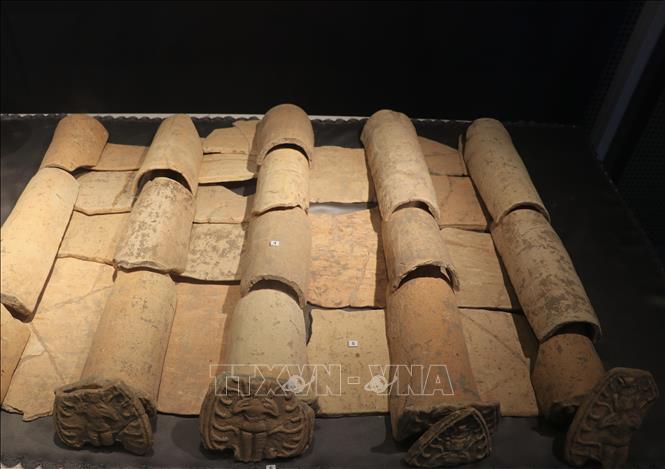
Tile roof of a house during the Oc Eo Culture period. Photo: Hong Nhung/VNA
Mr. Le Trung Ho directly surveyed some archaeological excavation sites and pits in Cay Thi mound, the area around Linh Son Co Tu and worked with the Oc Eo Cultural Relics Management Board. He stated that in recent times, the Central and the province have paid great attention to investing and implementing many solutions to preserve and promote Oc Eo cultural values. The Oc Eo Cultural Relics Management Board has coordinated with specialized units to conduct archaeological excavations, build facilities, preserve artifacts, and prepare a dossier to nominate the Oc Eo - Ba The Archaeological Site in An Giang province to submit to the United NationsEducational , Scientific and Cultural Organization (UNESCO) for recognition as a World Cultural Heritage.
Up to this point, An Giang has completed the task of phase 1 in the process of building a dossier to nominate the Oc Eo - Ba The archaeological site in An Giang province to submit to UNESCO for recognition as a World Cultural Heritage. On January 4, 2022, the Oc Eo - Ba The archaeological site was updated by the World Heritage Center (UNESCO) to the list of candidates for nomination as a World Cultural Heritage.
According to Vice Chairman of An Giang Provincial People's Committee Le Trung Ho, the implementation process still faces many difficulties. If we do not focus on resolving them promptly, it will be difficult to ensure the proposed roadmap for UNESCO recognition as a world cultural heritage.
In order for the work of building the dossier to nominate the Oc Eo - Ba The archaeological site in An Giang province to submit to UNESCO for recognition as a World Cultural Heritage to be completed on schedule and achieve the expected results, Mr. Le Trung Ho suggested that the Oc Eo Cultural Relic Management Board, departments, branches and sectors in the province continue to pay attention to, promote propaganda and education for civil servants and people about the meaning and importance of building the dossier, identifying this as a political task, thereby making more efforts in performing the task.
The relic site recognized by UNESCO as a World Cultural Heritage will not only be the pride of the province and the country of Vietnam but also an international recognition of the historical, cultural and archaeological values of the Southern region, especially An Giang. This is an important step, with long-term strategic significance in terms of culture and politics, demonstrating Vietnam's tireless commitments and efforts in preserving and promoting the unique historical and cultural values of the Oc Eo - Ba The relic site to the world, contributing to raising the national position, especially An Giang.
Sharing the difficulties of the Oc Eo Cultural Relic Management Board after the process of rearranging and perfecting the organization and political system, Vice Chairman of An Giang Provincial People's Committee Le Trung Ho noted that in the coming time, the Relic Management Board will focus on leading and directing to maintain the pace of work, ensuring the completion of the assigned tasks, not allowing the work of building the dossier to nominate the Oc Eo - Ba The archaeological relic site in An Giang province to submit to UNESCO for recognition as a World Cultural Heritage to be interrupted. The Oc Eo Cultural Relic Management Board will coordinate with departments and branches to soon complete the Steering Committee and the specialized Working Group to build the dossier of the relic site, submit to UNESCO for recognition as a World Cultural Heritage to promptly direct, handle and resolve issues arising during the implementation process.
The Monument Management Board proactively coordinates with relevant departments and branches to regularly monitor, review, urge and accelerate the implementation of detailed tasks on a monthly and quarterly basis; strives to complete the construction of the nomination dossier for the Oc Eo - Ba The archaeological relic site in An Giang province to submit to UNESCO for recognition as a World Cultural Heritage by the end of 2025.
Oc Eo is known as a typical culture in the Southern region of Vietnam in the early years of the Common Era. French archaeologist Louis Malleret discovered and named the Oc Eo culture in 1944, named after the Oc Eo mound site, in Oc Eo commune, An Giang province today. The whole province currently has more than 80 relics related to the Oc Eo culture, of which, the Oc Eo - Ba The archaeological site (Oc Eo commune) has a total planned conservation area of about 433.1 hectares. This place is identified as having a very important position, once an urban area, a port, a major economic - cultural center of the ancient kingdom of Phu Nam.
With its historical, cultural, architectural and artistic values, the Oc Eo - Ba The Relic Site was ranked as a Special National Relic by the Prime Minister in 2012; scientists and managers have identified it as having enough potential and conditions to become a world cultural heritage. On January 4, 2022, the Oc Eo - Ba The Archaeological Site was included in the tentative list of nominations for world cultural heritage by UNESCO.
Source: https://baotintuc.vn/van-hoa/tap-trung-hoan-thanh-ho-so-di-san-van-hoa-the-gioi-oc-eo-ba-the-20250708162722090.htm


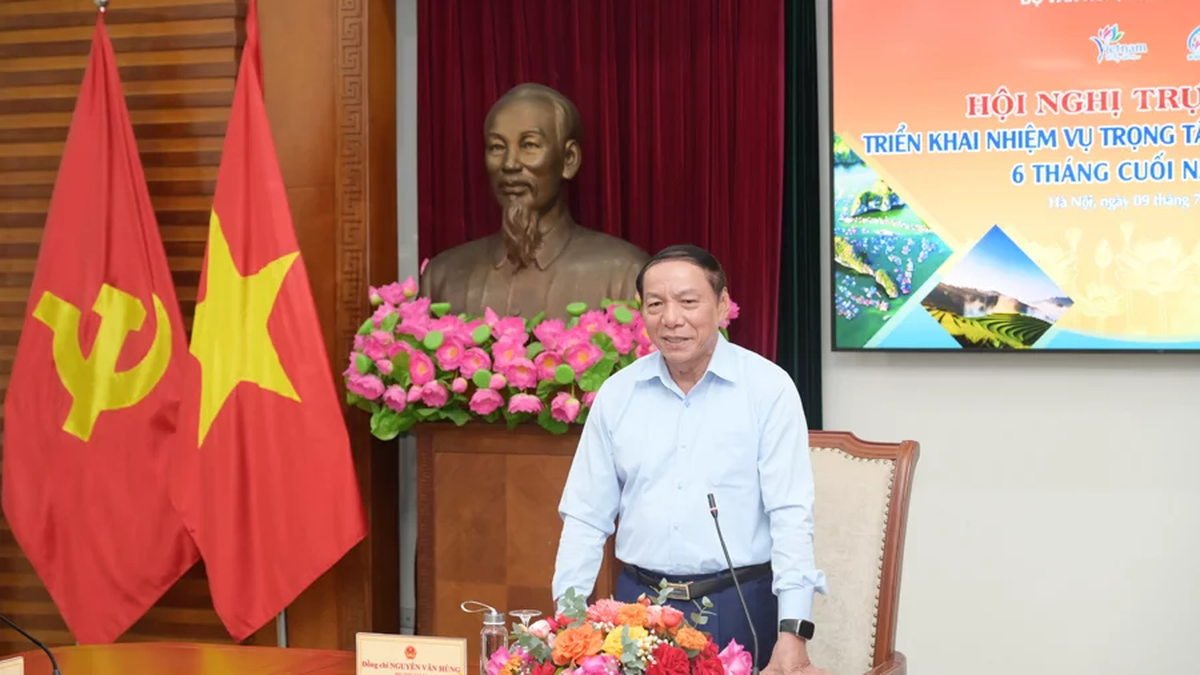


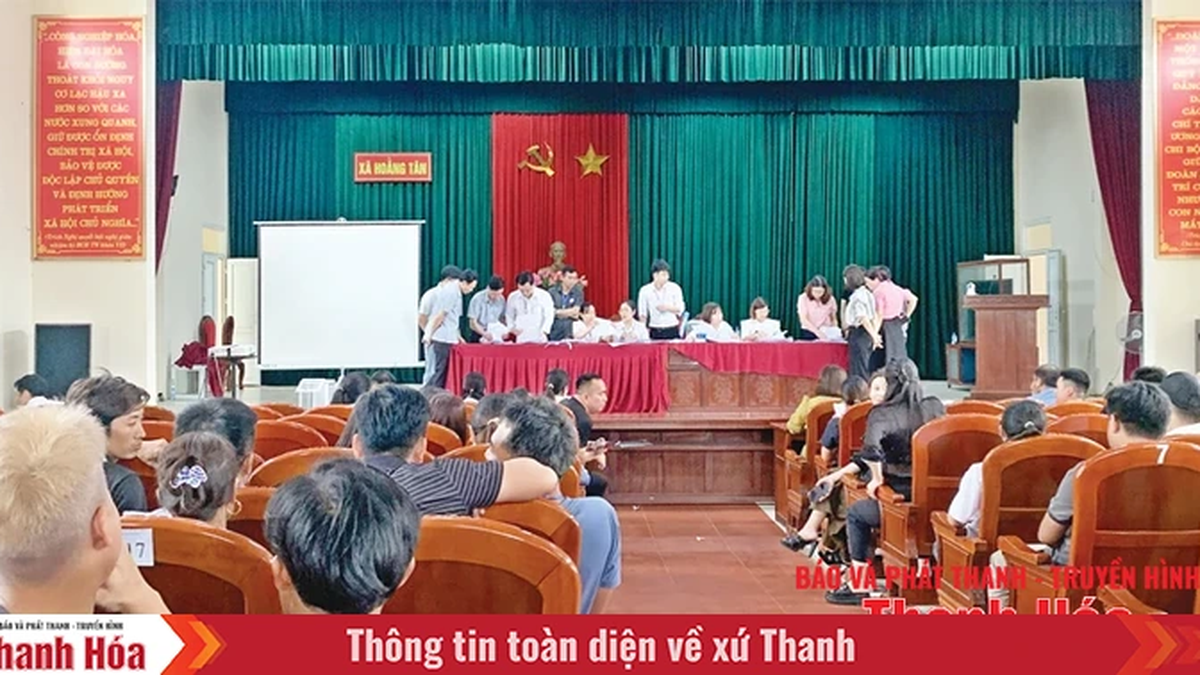


















![[Photo] Gia Lai provincial leaders offer flowers at Uncle Ho's Monument with the ethnic groups of the Central Highlands](https://vphoto.vietnam.vn/thumb/1200x675/vietnam/resource/IMAGE/2025/7/9/196438801da24b3cb6158d0501984818)







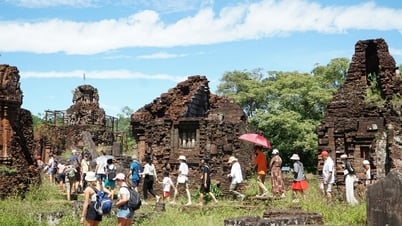

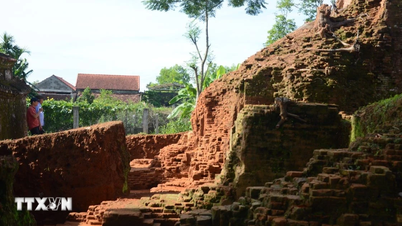

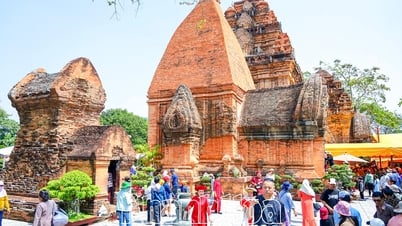

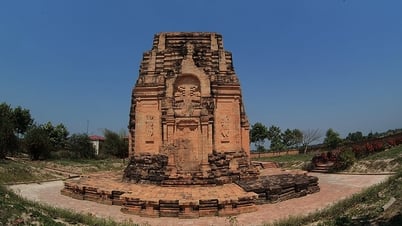
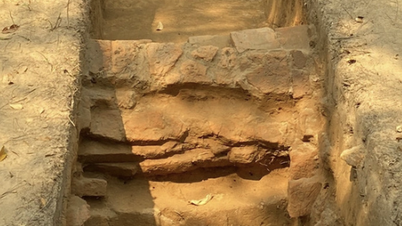







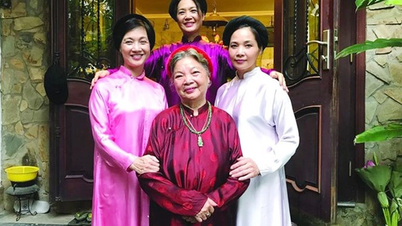









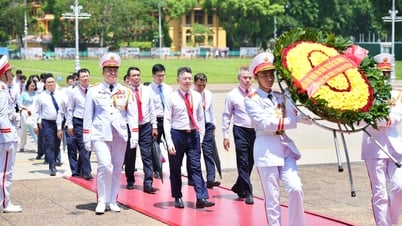





















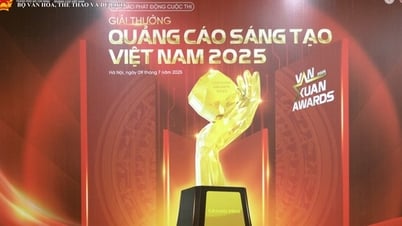

















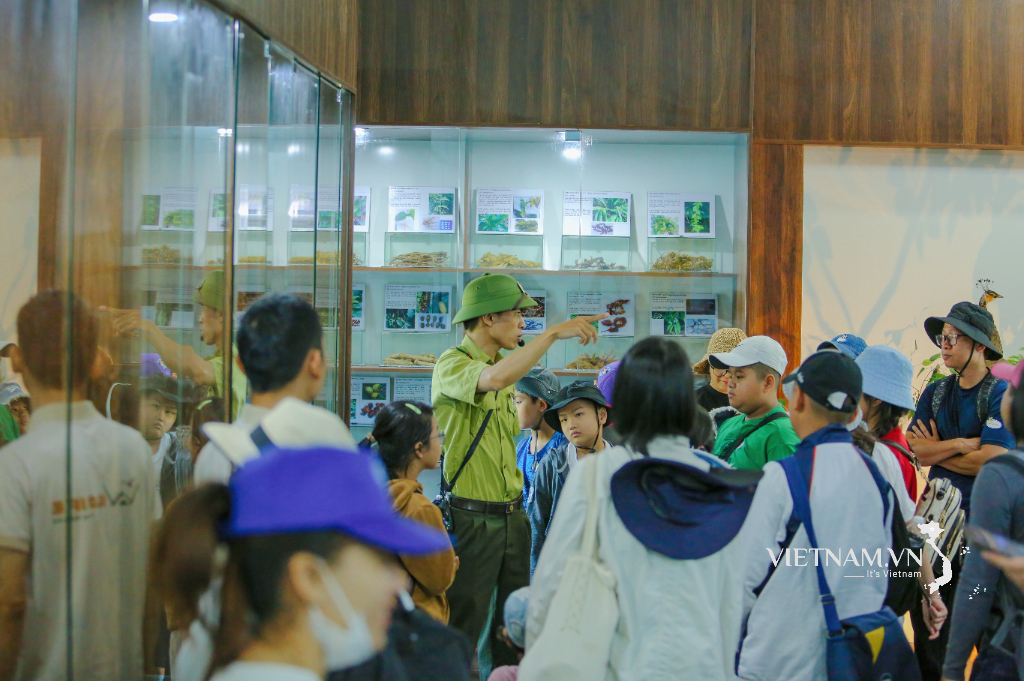



Comment (0)